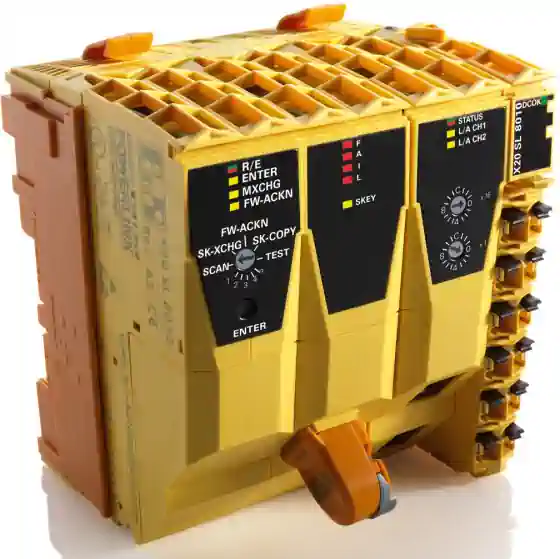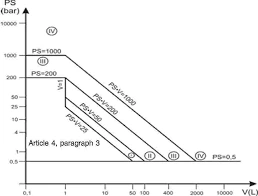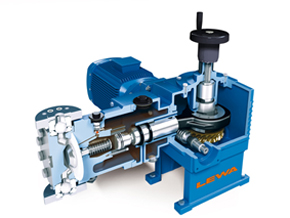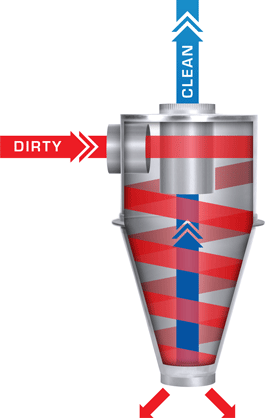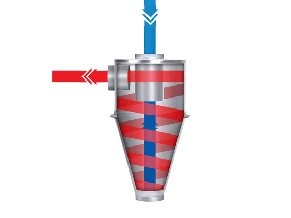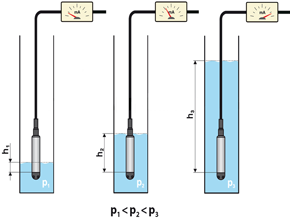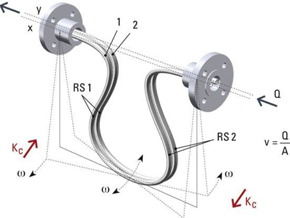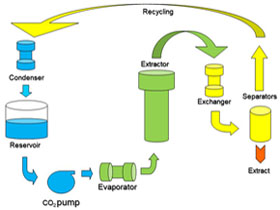ASME - Normativa norteamericana para equipos a presión.
We use ASME VIII div 1 design code for all our pressure equipments.
ASME is one of the oldest standards-developing organizations in America. It produces approximately 600 codes and standards covering many technical areas, such as fasteners, plumbing fixtures, elevators, pipelines, and power plant systems and components. The largest ASME standard, both in size and in the number of volunteers involved in its preparation, is the ASME Boiler and Pressure Vessel Code (BPVC). The BPVC provides rules for the design, fabrication, installation, inspection, care, and use of boilers, pressure vessels, and nuclear components.
The code also includes standards on materials, welding and brazing procedures and qualifications, nondestructive examination, and nuclear in-service inspection. Since its first issuance in 1914, ASME’s Boiler and Pressure Vessel Code (BPVC) has pioneered modern standards-development, maintaining a commitment to enhance public safety and technological advancement to meet the needs of a changing world. More than 100,000 copies of the BPVC are in use in 100 countries around the world. This Division of Section VIII provides requirements applicable to the design, fabrication, inspection, testing, and certification of pressure vessels operating at either internal or external pressures exceeding 15 psig. Such pressure vessels may be fired or unfired.
Specific requirements apply to several classes of material used in pressure vessel construction, and also to fabrication methods such as welding, forging and brazing. It contains mandatory and nonmandatory appendices detailing supplementary design criteria, nondestructive examination and inspection acceptance standards. Rules pertaining to the use of the U, UM and UV ASME Product Certification Marks are also included.

